Key Factors Affecting the Quality and Accuracy of Investment Casting
Author: SAIVS Date Published: Jul 18,2023
Investment Casting is a versatile and widely used casting process that can produce highly precise
and complex parts with excellent surface finish and dimensional accuracy.
However, the quality and accuracy of investment castings depend on several critical factors
that need to be carefully monitored and controlled throughout the manufacturing process.
In this article, we will discuss the main factors that affect the quality and accuracy of investment castings.
Material Selection
The properties of the material used for investment castings, such as melting temperature,
thermal conductivity, and fluidity, can significantly impact the casting process's success and quality.
The chemical composition and microstructure of the material should also be considered,
as they can affect the material's strength, toughness, and corrosion resistance.
Furthermore, any contamination or impurities in the material or the investment mold
can affect the material's properties and casting quality.
wax pattern Fabrication
Wax patterns used in investment casting need to be accurately produced to ensure the quality of the final product.
The surface finish and dimensions of the wax patterns will impact the production of the investment mold.
Errors or defects in the wax patterns, such as air bubbles, cracks,
or dimensional inaccuracies, can be replicated in the final product.
Shell Building and Casting
The shell building process is critical in investment casting as it determines the final surface quality of the casting.
The shell should be built to the right thickness and density to facilitate the proper flow and solidification of molten metal.
The temperature and humidity of the shell building environment should also be carefully monitored to prevent defects,
such as shell cracks or inconsistent shell thicknesses.
The casting process itself must also be carefully monitored to ensure that the molten metal flows into the mold correctly,
solidifies evenly, and cools properly.
In conclusion, investment casting is a complex and demanding manufacturing process
that requires careful attention to numerous variables to produce high-quality and accurate castings.
Why Choose SAIVS™ as Your Supplier?
1.Superb Quality Control Management
At SAIVS, we take pride in our perfect quality management systems and procedures, which guarantees the excellent performance of all our producs, being a professional Investment Casting | Die Casting| Sand Castingmanufacturer in China.
2.Rich Production Experience
With 20 years of experience in production, SAIVS has a deep understanding of the market and trends, and strives for continuous research and innovation. This has created advantages in both the product's performance and appearance.
3.Competitive Prices
As a Chinese factory committed to becoming the most cost-effective Investment Casting | Die Casting| Sand Castingexporter in China, SAIVS provides high-quality products at advantageous prices. By lowering costs and increasing efficiency, we ensure that our customers receive the best possible value for their investment.
4.Perfect After-sales Service
At SAIVS, we strive to provide superior customer service that meets and exceeds expectations. We are always available for any questions or concerns you may have, and we stand by our commitment to providing excellent after-sales support.
Related Posts
-
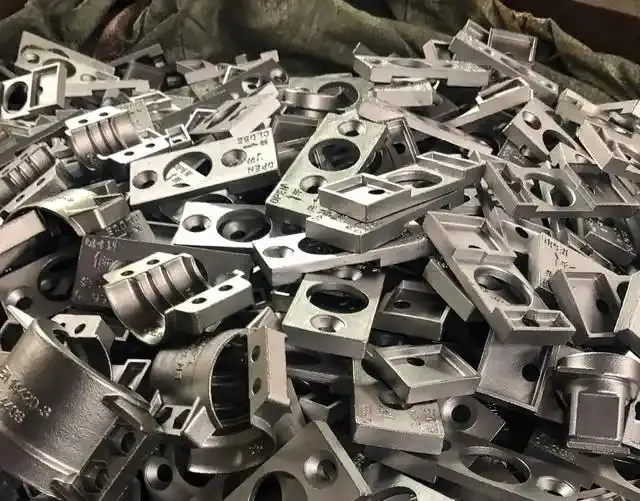
Advantages of 316 Stainless Steel Casting in Manufacturing Hawse Pipes
Stainless steel casting has emerged as a reliable and efficient process for manufacturing hawse pipes used in marine applications. Combining precision engi
-
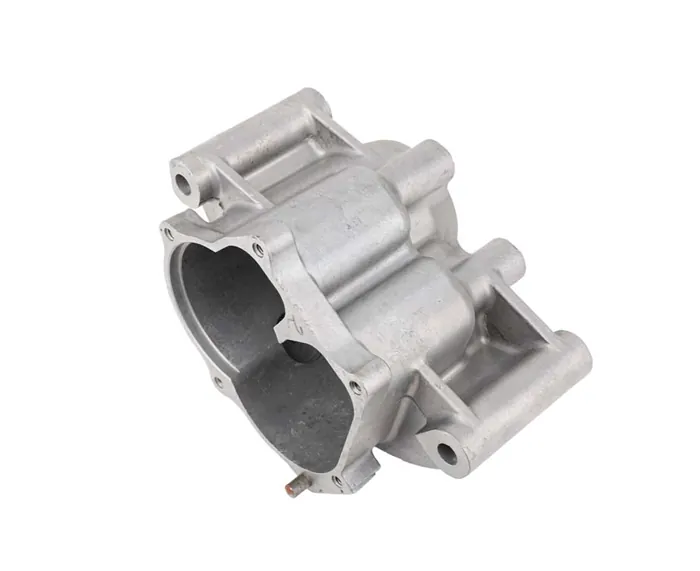
Unveiling The Secrets Of Stainless Steel Gearboxes
About the definition, advantages, and maintenance of steel gearbox products.
-
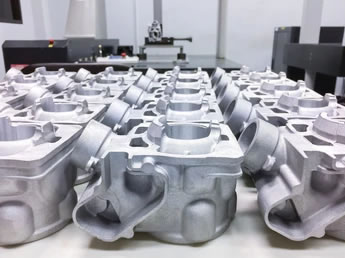
Aluminium Casting Vs. Steel Casting: Which Alloy Is Right For Your Product
Introducing Green Sand CastingCasting products are used in a variety of industries, making casting an important manufacturing process. Many of these products ar...
-
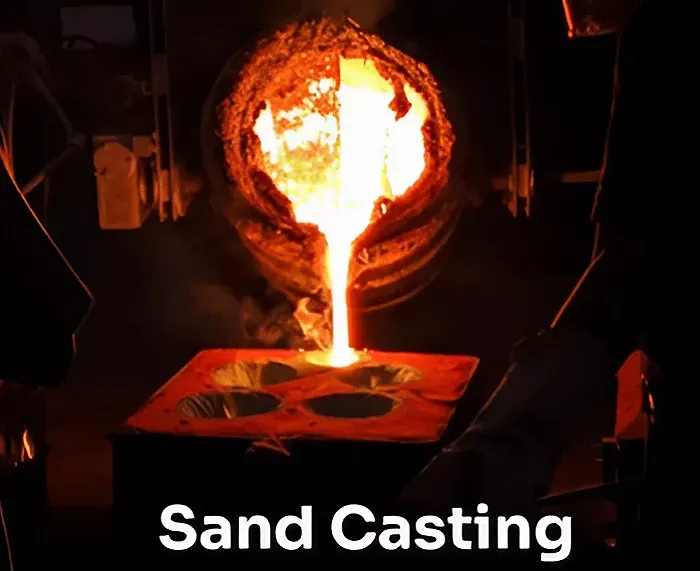
The 6-Step Process of Sand Casting: A Step-by-Step Guide to Creating Metal Castings
This comprehensive guide delves into the 6-step process, from pattern making and mold preparation to melting, pouring, and finishing.
-
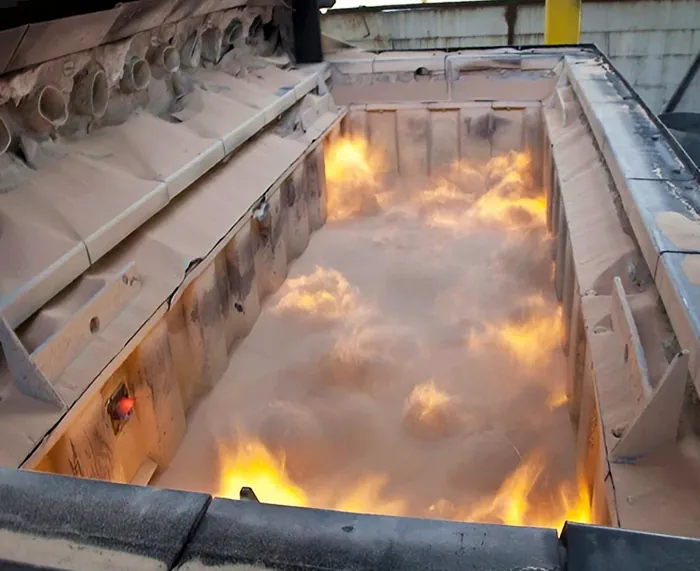
Sandblasting vs. Abrasive Blasting: Understanding the Nuances
Discover the key differences between sandblasting and abrasive blasting, focusing on their applications, health and safety implications, and environmental impac...
-
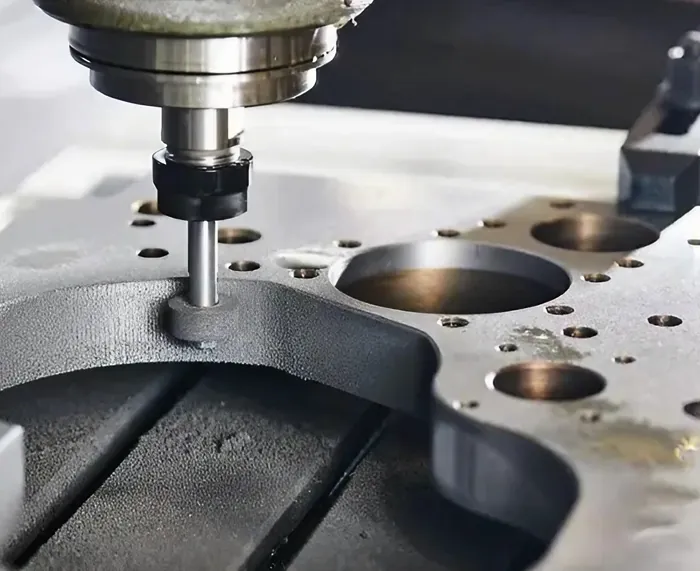
Understanding Surface Roughness in CNC Machining
Learn about its importance, measurement, and impact on CNC machined parts, and explore various surface finishes and their applications.

